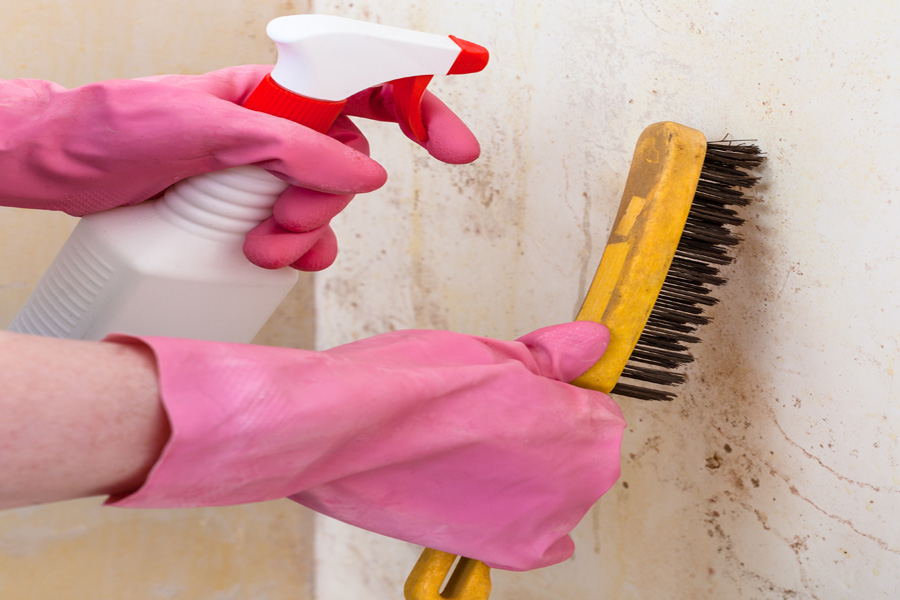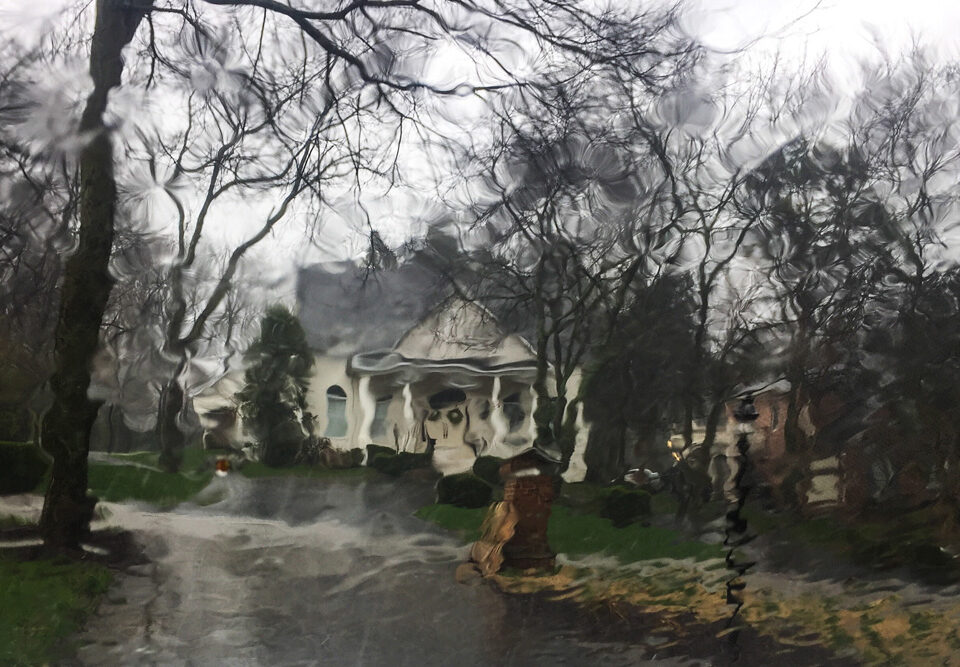
Spring is Here!
Check Your Basement for Leaks and Mold
Spring is the perfect time to assess the health of any home, and your basement is the right place to start. Your foundation especially deserves a thorough check-up after the winter months. Cold temperatures and ice can act like slow-motion battering rams, the freeze-thaw cycles of winter damaging your home’s structural integrity.
With the arrival of spring, not only does the ground begin to warm, but snowmelt and increased rainfall saturate the soil. Any damage done in winter is now tested by water as it finds those cracks and pathways into your basement caused by cold weather. That’s why spring is the ideal time to look for the first signs of leaks and mold.
Ensuring that your basement remains dry and mold-free not only protects the structure of your home but also the health of your family.
The Signs of a Leaking Basement
Detecting water intrusion early is critical to preventing ongoing damage and to maintaining the overall health of your home. By conducting a thorough inspection, homeowners can identify potential issues before they escalate. Let’s take a look.
Things You Can See:
Water Stains— One of the first signs of water getting into your basement is staining. Look for discolored patches on walls, ceilings, and floors. These often appear darker or have a yellowish tinge. Stains can help show you where water is entering or pooling in your basement.
Efflorescence— You know it when you see it. These white, powdery deposits mysteriously appear on concrete or block surfaces. This happens when water seeps through concrete walls or floors. As water moves through the concrete, it dissolves soluble salts present within the concrete or in the soil surrounding it. Once the moisture reaches the surface of the concrete inside the basement, the water begins to evaporate into the air, leaving behind the salts that were dissolved within it.
Cracks in Walls or Floors— Check for visible cracks in the foundation walls or floor slabs. While a small hairline crack might not result in immediate leaks, it’s showing the place where severe pressure is being applied. Cracks often widen over time and allow more water to enter, especially during the heavy rains of spring.
Pooling Water— You know you have a problem for sure if you find any standing water in your basement, especially after a rainstorm. It’s a clear sign of leakage. Be sure to check corners and areas under windows or near pipes where water might accumulate unnoticed.
The best time to check for visual clues is immediately after it rains. This can help you see exactly where water is entering the basement and may even give clues as to whether outside drainage systems are functioning correctly.
Things You Can Feel and Smell
Dampness— Your fingers are marvels of temperature and tactile sensitivity. That means you can feel changes in your basement that you might not see at first. Areas with a damp or clammy texture are being exposed to moisture, and that means mold is not far behind. Even before you can feel the dampness, a space that appears cooler to the touch than its surrounding areas can be due to the presence of moisture.
Musty Odors— A musty or moldy smell is often the first indicator of a moisture problem, even before visible mold appears. This odor suggests that mold or mildew is already growing in areas that may not be immediately visible, such as behind walls or under carpets.
Humidity Meters
A small investment can save you big headaches. These days you can purchase a digital hygrometer (humidity meter) online or at a home improvement store for less than $25. In any basement, a humidity level of 60% or higher encourages mold growth.
Depending on why your humidity reading is high, you may only need a properly installed dehumidifier to keep your basement free of harmful mold spores.
Recognizing these signs early can not only save you from future headaches but also protect the integrity and value of your property. If any of these issues are detected, it is advisable to seek professional help from a waterproofing expert to accurately diagnose and resolve the problem.
A Professional Basement Inspection is Only a Call Away
Whether you find a problem in your basement, or you would just like a professional to make sure your foundation is in good shape for the summer months, give D-Bug Waterproofing a call at 855-381-1528.
We’ve been serving the Western Pennsylvania area since 1980. Our approach to any project is built on a deep understanding of the region’s unique challenges, including its hillsides, rain, and winter freeze-thaw cycles. These are critical factors that influence foundations and basements, guiding the tailored solutions D-Bug provides for every home.
D-Bug Waterproofing crews do all the work themselves. We don’t call on extra contractors that you don’t know and don’t have a relationship with. All the construction, electrical, plumbing, and finishing is done by our own employees!
What sets D-Bug apart is our approach to treating customers like family and each house as a home. Additionally, we are not a franchise but a locally owned family business, offering a more personalized service and a long-term commitment to the communities we serve.
For more information, call D-Bug Waterproofing at 855-381-1528 or contact us today.





